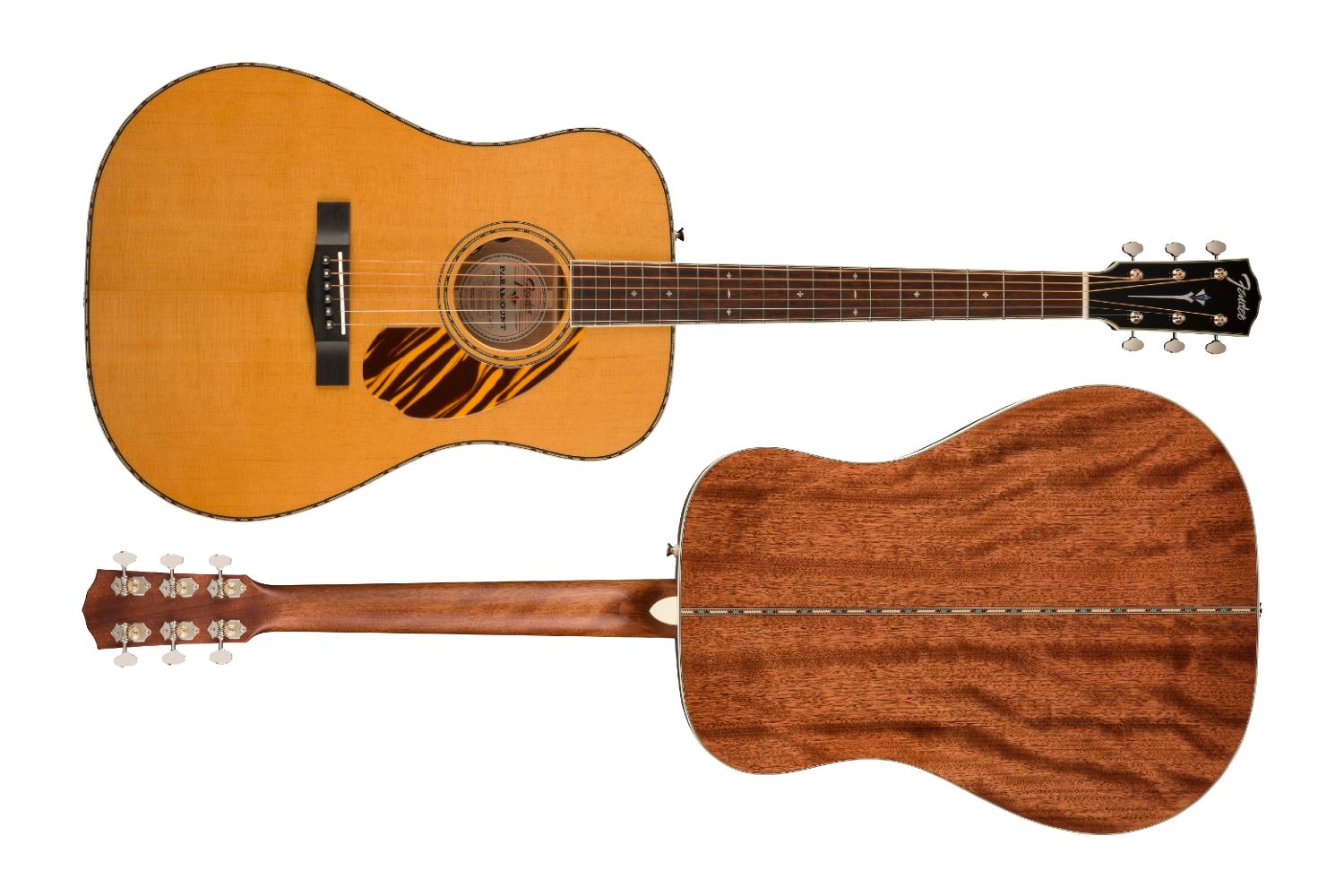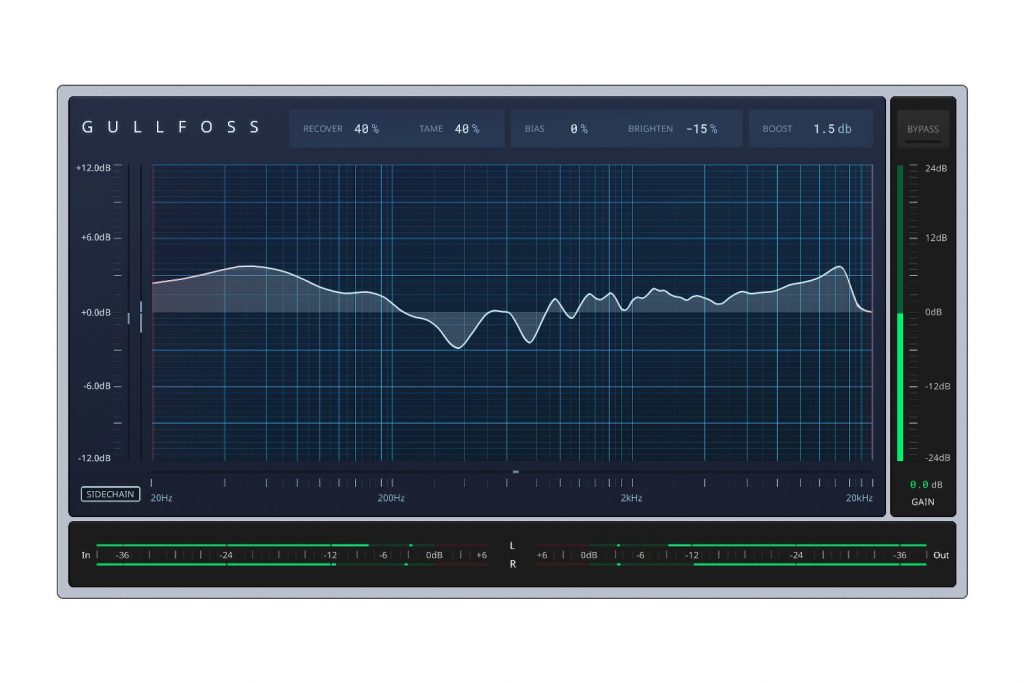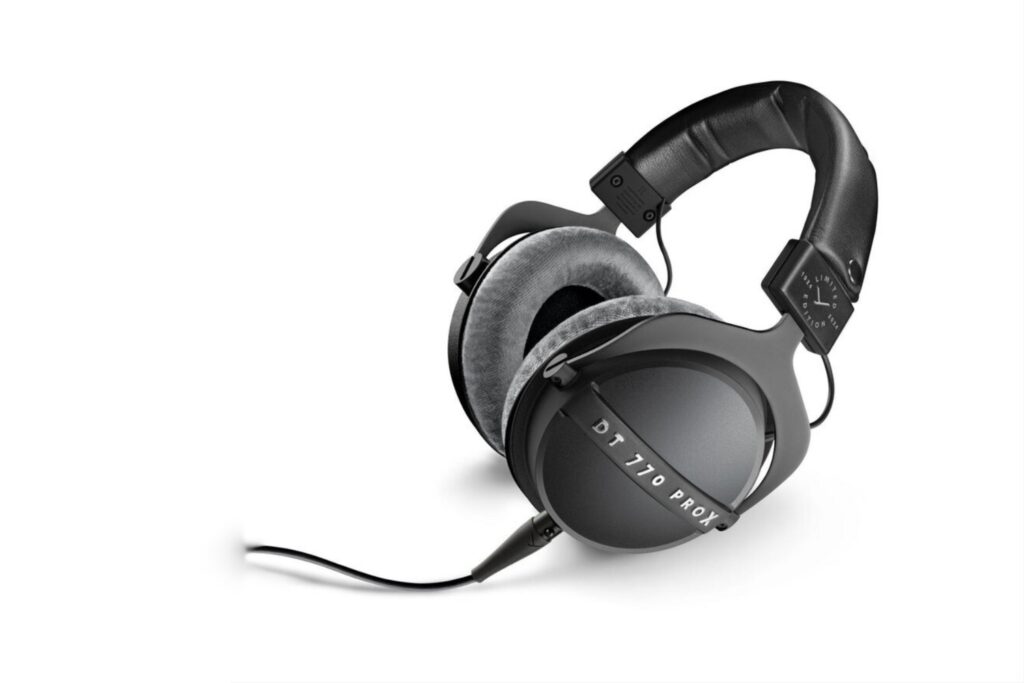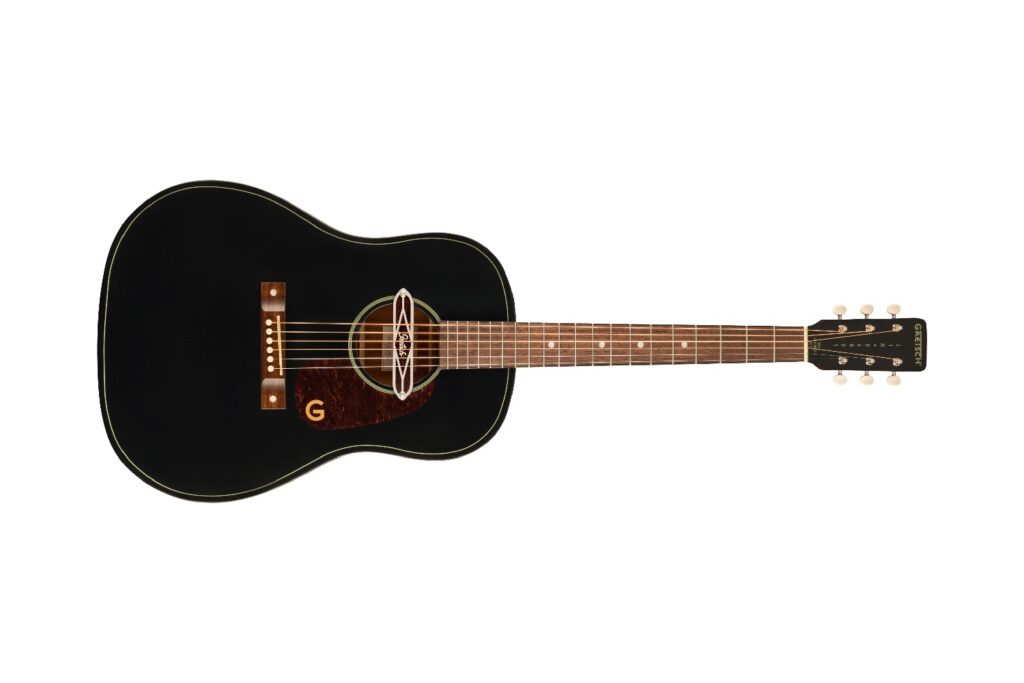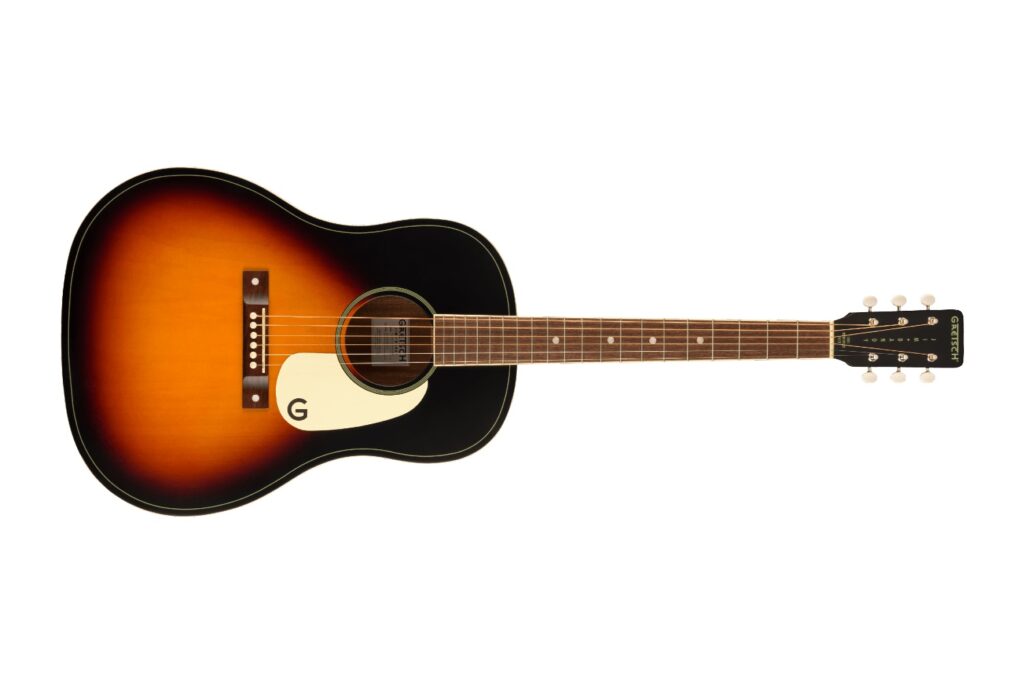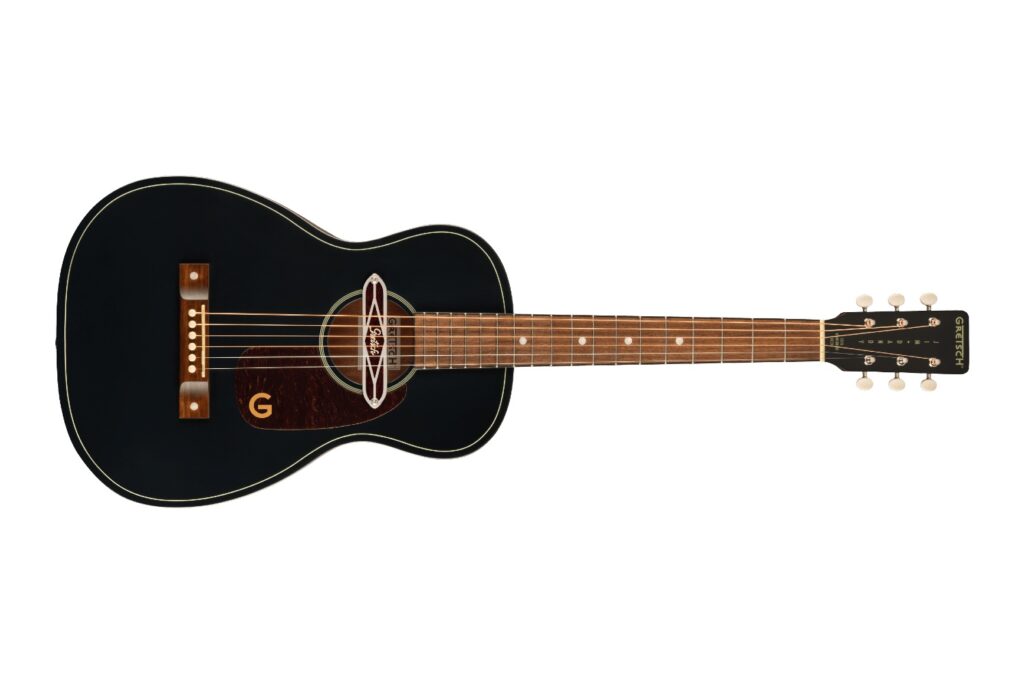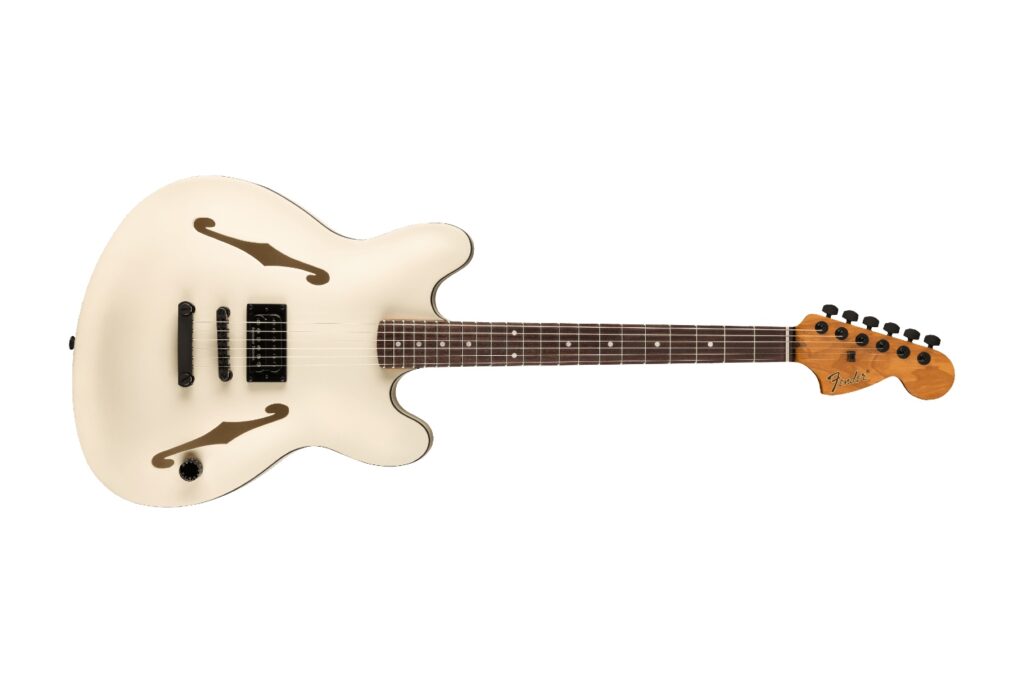Fender Australia | Price: $1,449
Choosing an acoustic guitar should, for all intents and purposes, be a relatively simple task. Nine times out of 10 it’s a choice of either natural finish or some variation on the sunburst theme, usually around the same size and most are far less replete with bells and whistles than their electrified cousins. What could be simpler than discerning between one or another tissue box with rubber bands pulled taut?
When not wantonly opining on these hallowed pages, I spend much of my time working in a guitar shop helping people navigate the odd, often confounding realisation that, if anything, the opposite is true. Once you’ve graduated beyond the humble beginner pack, you’re met squarely with a catalogue whose list of approved adjectives rivals only that of an overpriced wine list in obtuseness.
Read more product reviews here.
Some relish the opportunity to know, as much as anyone really can, the meaning of words like ‘throaty’ or ‘chiming’ when ponderously perched behind acoustic room doors. For others, it’s a dizzying experience, and the hands and ears are better relied upon to divine surety. In the instance of the Fender Paramount PD-220E before me, wine-talkers and those who like to let the guitar do the talking alike are consciously catered for.
Fender strode valiantly past the need for introduction decades ago. I would be wasting your time prattling on about Leo, the CBS era, and all that rich history, so I’ll spare you. The Paramount series joined their illustrious lineup a few years ago, aimed at the more discerning audiophile, the player’s player. It was clear that the intention was to walk proudly alongside the Valhallans of American acoustic guitar manufacturers. Boasting solid timbers in traditional combinations, a slim yet essential range of shapes, some tasteful, and the ’30s-inspired trimmings, the first round of Paramounts were solid guitars, but didn’t exactly blow the market wide open like perhaps Fender had hoped. I remember playing a dreadnought with an Adirondack Spruce top in the shop that sounded like a much older guitar than it was, which is always a good thing. As such, I had reasonably high expectations upon wrestling this new-and-improved model from its box.
The recipe is familiar. First and foremost, it’s an all-solid dreadnought. With its Sitka top and Mahogany back and sides, it’s the Wikipedia definition of the single most ubiquitous footprint in the guitar world. In many other builders’ hands, that wouldn’t be the best point to lean into straight off the bat but in this case, it’s quite a big deal. Today’s player has developed a taste for tiny; GS Minis, parlors, and concerts are far more popular than the gregarious old fatties, so it’s honestly refreshing to pick up a good, old-fashioned square shoulder and be thoroughly impressed by a lively, modern, clear, and above all, interesting sound emanating from deep inside. At times rumbling lows purr beneath chiming, choral highs that swirl around your head in a way that I’ve not heard another guitar under $2000 do. Fender has gone to great lengths to improve in leaps and bounds on the already solid Paramount name.
Another big tick in the improvements list is the newest extension of the Fender and Fishman Electronics partnership. Fishman is, like Fender, a company that offers a product for every level of player. Their pickups are found in just about every budget guitar worth playing and I’ve come to enjoy some of their higher-end products, like the Rare Earth and Powertap pickups, as among the most honest representations of the timber they are attached to as you’ll see on the market. Fender’s subtle tweaks on Fishman’s already industry-standard design seem to have been executed solely for the sole purpose of making the PD-220E more accurately expressive of its already strident tonality. In a recording situation, you would be remiss not to put a ribbon at the twelfth fret to capture some of the intense, touch-sensitive, and low-mid forward presentation of the Mahogany present in the voicing. However, the crispness of Sitka and the overall rounded balance of the sound is very much intact through the jack despite the infamous sonic limitation of piezo pickups.

If there’s one thing that Fender does well relatively consistently this side of the ‘80s, it’s aesthetics. Anyone who has stood agape before a Sherwood Green or Fiesta Red Custom Shop Strat will attest to that truth. Polarising as it may be, one of my favourite things about the Paramount series is the tiger stripe pickguard. I realise full well that you’re not supposed to choose a guitar with your eyes, but it’s the little things, like said pickguard and snowflake inlays, that make this guitar look as good as it sounds. The recent resurgence in popularity of brands like Kay and Eko, who made their names in undeniably European, art deco tinged relics from the outer reaches of the early rock and roll landscape, has impacted Fender’s design department positively and it’s a genuinely distinct and individual touch.
Long story short, a pleasant surprise is usually a big one. The pantheon of Spruce-on-Mahogany dreadnoughts is bursting like a gin-joint in the ‘40s. To confidently poke your head out through that din is no mean feat. Fender’s propellerheads will be angry at me for skipping over their new approach to scalloping the internal architecture here, but we’ll leave that up to them.
The point is, this is an excellent, unique interpretation of a very common theme, like a mind-blowing version of a jazz standard. The voicing is clear, textured, loud without being too bold, and, above all, its own. The fact that it is dolled up to the nines makes the PD-220E a vast improvement on its predecessor as well as an amazing addition to even the most well-groomed collection.

Head to Fender for more information.
